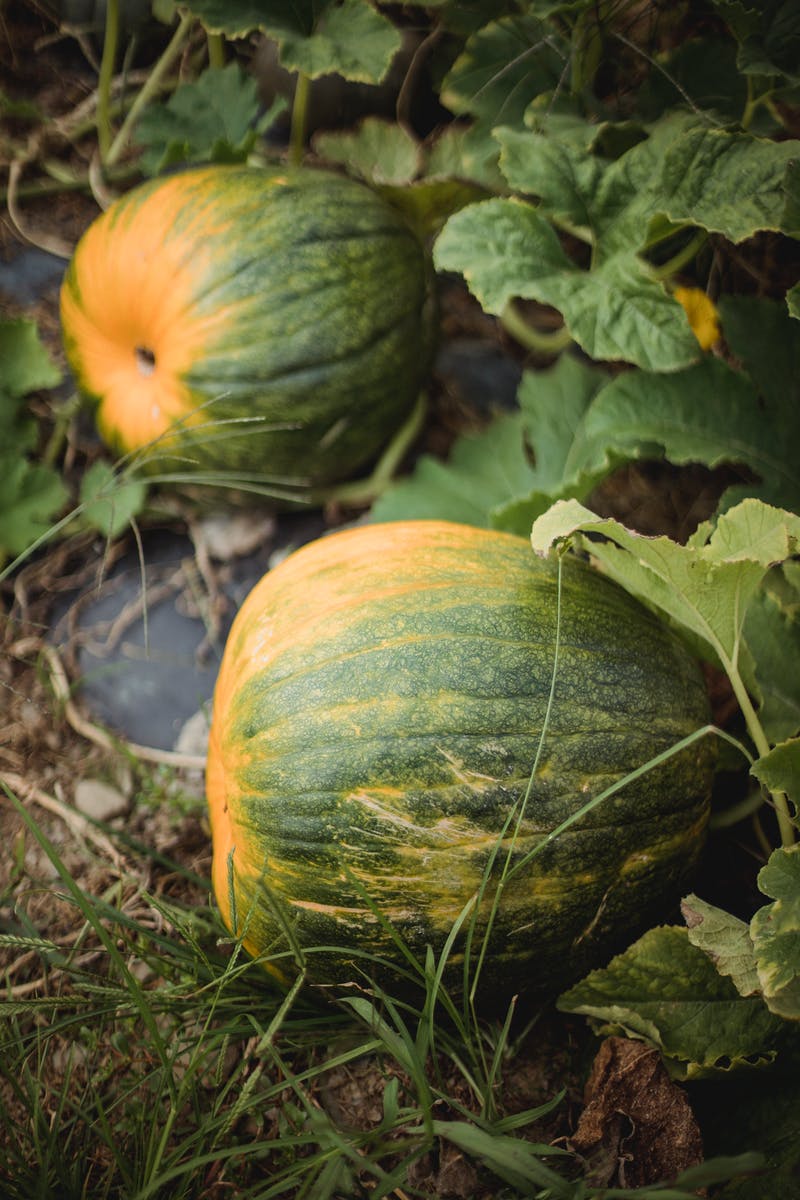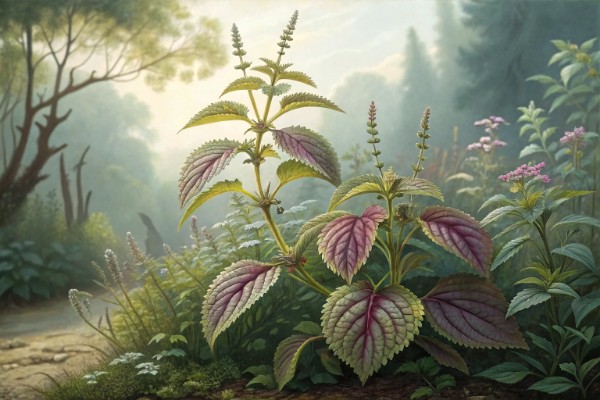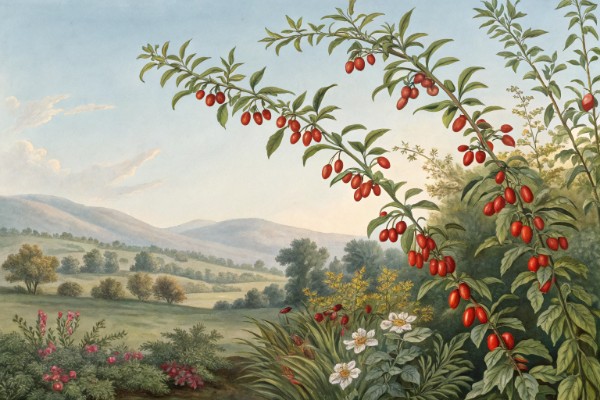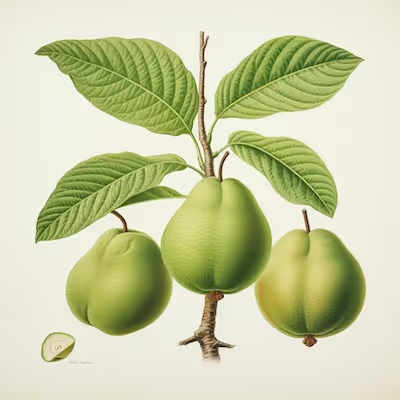Growing Pumpkins: How to Ensure a Healthy, Abundant Harvest

Growing Pumpkins
Growing pumpkins starts by planting seeds directly into warm soil—around 70°F or above. Choose a sunny, roomy spot, sow seeds about an inch deep, spaced generously, then steady them with regular water. Rich compost feeds strong vines, setting you up for growing pumpkins you’ll crave all season—read on to keep your gourds thriving.
Growing Pumpkins: Site, Soil, and a Patch That Pays You Back
I start Growing Pumpkins by chasing sun first and shade last, because pumpkins want 8 to 10 hours of light and warm ground that sits at 65 to 70 F (18 to 21 C) before seed ever touches soil.
Do a soil test and nudge pH toward 6.0 to 6.8, then feed the biology with 2 to 3 inches (5 to 7.5 cm) of compost so roots slide and microbes sing.
Heavy clay slows roots and invites rot, so I build raised rows and blend coarse mulch for drainage that breathes.
If your report mentions CEC (cation exchange capacity), think of it as the soil’s pantry; higher CEC holds nutrients longer, which pumpkins love on hot, hungry days.
Smart Variety Choices Change Everything
Match species to your goals and climate, because Cucurbita pepo rules classic carving types, C. moschata laughs at heat and vine borers, and C. maxima grows the showstoppers.
DTM (days to maturity) ranges from 85 to 120, so in short seasons I aim for 90 to 100 days and start transplants in biodegradable cells to avoid root shock.
Top picks by purpose
- Carving: ‘Howden’, ‘Kratos’, ‘Early Giant’ (pepo)
- Pie and flavor: ‘Sugar Pie’, ‘Winter Luxury’, ‘Long Island Cheese’ (moschata)
- Space savers: ‘Bushkin’, ‘Wee-B-Little’, ‘Baby Pam’
- Monsters: ‘Atlantic Giant’, ‘Dill’s Atlantic’, ‘Prizewinner’ (maxima)
- Storage champs: ‘Long Island Cheese’, ‘Rouge Vif d’Etampes’, ‘Galeux d’Eysines’
I keep a small mix to spread risk, because different genetics dodge different pests and weather swings.
Sowing and Spacing That Set the Tone
Direct sow 1 inch deep (2.5 cm) once soil hits 65 F (18 C), or transplant sturdy 3 to 4 week seedlings with roots barely disturbed.
Space vining types 4 to 6 feet apart (1.2 to 1.8 m) in rows 6 to 8 feet apart (1.8 to 2.4 m), and tuck bush types at 3 by 4 feet (0.9 by 1.2 m).
I sow two seeds per station and thin with clean scissors, because yanking breaks roots you want intact.
Lay drip line before planting and cover soil with straw or leaf mold to protect moisture like a vault.
Water and Nutrition Without the Guesswork
Pumpkins drink 1 to 1.5 inches of water a week (25 to 38 mm), and they prefer deep, infrequent irrigation over daily sips that breed soft roots.
Keep leaves dry to reduce powdery mildew, and add mulch once vines run to level out swings.
I feed from a soil test, starting with 2 to 3 pounds of 10-10-10 per 100 square feet at planting (1 to 1.5 kg per 10 m²), scratched in a few days before sowing.
Side-dress with a light nitrogen push at vining and a balanced or potassium-lean feed at fruit set, about 0.2 pounds N per 100 square feet total across the season (100 g N per 10 m²).
Too much nitrogen grows jungle leaves and late fruit, so I err lean once the first fruit swells to softball size.
Pollination and Fruit Set That Stick
Male flowers open first like a rehearsal, then the female flowers arrive with tiny fruits at the base and a short morning window for bees to work.
Research from university extensions indicates pumpkins need roughly 8 to 12 bee visits per female flower for full seed set and reliable fruit sizing. University of Maine Cooperative Extension; Penn State Extension
I plant borage, sunflowers, and dill nearby for a bee buffet, and I skip any sprays during bloom to keep the air clean for pollinators.
On slow mornings I hand-pollinate by brushing a male flower onto the female stigma, and fruit set jumps like a light switch.
Training Vines for Sanity and Size
I set the main vine on a gentle curve and bury a few nodes with compost so they root and anchor against wind.
For larger pumpkins I keep 1 or 2 fruits per plant, prune tertiary shoots, and keep the fruit on a board to avoid rot and slugs.
A piece of shade cloth over young fruit helps prevent sunscald and keeps color even.
Pests I Plan For From Day One
Squash vine borer, cucumber beetles, squash bugs, and aphids pay rent by chewing, so I lock the doors early.
- Row cover until first female flowers appear, then remove for bees.
- Yellow sticky cards for beetle pressure checks and hand-picking at dawn.
- Wrap lower stems with aluminum foil collars to deter borers and scout for orange frass.
- Water at the base and clear plant debris to reduce squash bug hideouts.
- Use cultivar resistance tags where available, especially for bacterial wilt and powdery mildew.
If mildew whispers, I rotate modes of action and lean on sulfur or potassium bicarbonate in home gardens, spaced by the label and never in heat spikes.
Diseases I See Most and How I Respond
- Powdery mildew: shows midseason as white film; improve airflow, water early, and remove the worst leaves.
- Downy mildew: angular leaf spots in humid waves; prune for air and monitor regional alerts.
- Bacterial wilt: spread by cucumber beetles; exclusion early with covers and aggressive beetle control.
- Anthracnose and black rot: rotate 3 to 4 years out of cucurbits and clean tools between beds.
Harvest, Cure, Store
Pick when color is rich, rind resists a fingernail, and the stem turns corky, often 90 to 110 days from sowing depending on variety and weather.
Cut with 2 to 4 inches of stem left (5 to 10 cm), never lift by the handle, and cure at 80 to 85 F (27 to 29 C) with good airflow for 7 to 10 days.
After curing, store at 50 to 55 F (10 to 13 C) and 50 to 70 percent humidity on slatted shelves so air circulates.
Moschata types usually store 3 to 5 months, while maxima can stretch longer with sound stems and dry skins.
Yields and Space Math That Match Reality
Expect 2 to 5 fruits per plant for carving types, 4 to 8 for small pies, and one titan for giants if managed lean and mean.
RHS notes that a single plant can cover 3 to 5 square meters and rewards steady moisture with steadier yields. Royal Horticultural Society
My Shortlist: Gear and Supplies That Earn Their Keep
- Soil thermometer: seed waits until 65 F (18 C) at 2 inches deep.
- Drip kit with pressure regulator and filter: even moisture, clean leaves, fewer foliar diseases.
- Floating row cover: early heat and beetle exclusion, removed at bloom.
- Mulch: clean straw or shredded leaves to steady moisture and reduce weeds.
- Balanced granular fertilizer plus compost: feed soil and plant on the same ticket.
- Bypass pruners and a harvest knife: clean cuts and intact handles.
- Beneficial flower mix: borage, calendula, phacelia for pollinators and lacewings.
- Biodegradable seedling cells: no root disturbance during transplant.
Companions, Rotation, and Cover Crops
I rotate cucurbits 3 to 4 years out of the same bed to dodge soilborne carryover and keep yields steady.
Fast cover crops like oats and peas in fall stitch soil structure, and I crimp them in spring under the new rows for weed suppression.
Nasturtium and marigold bring hoverflies that tap down aphids while the pumpkins sprawl.
Seed Saving Without Surprises
Pumpkins cross within species, so for true-to-type seed I isolate by at least 800 meters (0.5 mile) or hand-pollinate and bag blossoms the day before they open.
Ferment saved seed 24 to 48 hours to shed jelly, then dry on screens and store cool and dry for up to 4 to 6 years, depending on conditions.
Troubleshooting Quick Hits
- Vines wilt midday, recover at night: normal heat wilt; check soil moisture at 3 inches deep (7.5 cm) before watering.
- Flowers but no fruit: early male-only phase or poor bee traffic; hand-pollinate and plant more nectar nearby.
- Fruit aborts at golf ball size: drought, heat stress, or low potassium; water deeply and side-dress lightly.
- Leaves powdery white: remove worst leaves and improve spacing; treat early, not late.
- Chewed stems with orange sawdust: vine borer; slit and remove larva, then bury the wound and root the node beyond it.
Field Notes From Hard Seasons
A July heat dome once crisped my patch, yet the moschata row kept swaggering while pepo sulked, and that day I changed my variety plan forever.
Late sowings in warm soil still paid off, and a second wave of transplants in midseason saved my pie lineup.
Numbers I Trust
“Cucurbits thrive between 70 and 95 F (21 to 35 C), with soil temperatures above 65 F (18 C) for fast emergence.” Cornell Cooperative Extension
“One to one and a half inches of water weekly is a sound target for pumpkins on most soils.” University of Illinois Extension
Further Reading and Credible Sources
- Cornell Cooperative Extension, Vegetable Growing Guides
- University of Maine Cooperative Extension, Pollination of Cucurbits
- Penn State Extension, Pumpkin Production
- Royal Horticultural Society, Grow Your Own Pumpkins
- USDA-ARS, Cucurbit Crop Profiles and Pollination
- University of Illinois Extension, Pumpkins and Winter Squash
Cheatsheet: Maximize Pumpkin Yields & Health
🌱 Soil & Site
- Full sun: 6+ hrs daily
- pH: 6.0–6.8
- Enrich with compost or aged manure
- Well-drained, loose soil
🌡️ Planting & Spacing
- Sow after last frost: soil ≥65°F (18°C)
- Space mounds 4–6 ft (1.2–1.8 m) apart
- Direct sow 1" (2.5 cm) deep
- Thin to 2–3 strongest seedlings per mound
💧 Water & Feeding
- 1–2 in (2.5–5 cm) water weekly, morning only
- Soak roots, avoid wetting leaves
- Mulch to retain moisture and suppress weeds
- Side-dress with balanced fertilizer at flowering
🦋 Pollination & Pruning
- 80% of flowers are male; hand-pollinate if needed
- Trim vines to 2 main stems after 3-5 fruits set
🦠 Pest & Disease Controls
- Rotate crops yearly
- Scout for squash bugs, cucumber beetles, powdery mildew
- Use floating row covers early; remove at flowering
- Avoid overhead watering
🎃 Harvest & Storage
- Ready in 90–120 days
- Harvest after rind hardens, stem browns
- Cut stem with 2–4 in (5–10 cm) handle
- Cure 7–10 days at 80°F (27°C), dry
- Store at 50–55°F (10–13°C), 60% humidity
🧰 Tools and Products You'll Need
- Hoe, trowel, pruners, watering can
- Compost, mulch, balanced fertilizer, row covers
- Gloves, garden shears
🥗 Health, Nutrition & Self-Sufficiency
- Rich in vitamin A, antioxidants, fiber
- Seeds: roast for zinc, magnesium, protein
- 1 plant can produce up to 20 lbs (9 kg) of food
Prepare rich, loose soil in a sunny spot. Mix in compost or aged manure. Ensure soil drains well.
Sow seeds 1" (2.5 cm) deep after last frost when soil is at least 65°F (18°C). Space mounds 4–6 ft (1.2–1.8 m) apart. Thin to 2–3 plants per mound.
Water deeply once or twice per week. Mulch. Fertilize at flowering with balanced feed.
Hand-pollinate if bees are scarce. Prune vines after several fruits set to focus plant energy.
Inspect leaves and vines for pests and diseases. Use row covers early; rotate crops each year.
Harvest mature pumpkins with hard skins and dry stems. Cure for 7–10 days, then store cool and dry.
Frequently Asked Questions About Growing Pumpkins
What soil conditions are ideal for pumpkin growth?
Pumpkins thrive in fertile, well-draining soil enriched with organic matter like compost or aged manure. Aim for a soil pH between 6.0 and 6.8 to ensure optimal nutrient absorption.
How much sunlight do pumpkins require daily?
Choose a planting site where pumpkins receive at least 6–8 hours of direct sunlight per day. Full sun exposure helps pumpkins develop healthy vines and produce large, vibrant fruits.
When should I start pumpkin seeds indoors?
If your growing season is short, sow pumpkin seeds indoors 2–4 weeks before the last expected frost date. Transplant seedlings outdoors once temperatures consistently stay above 60°F (16°C).
How far apart should pumpkin plants be spaced?
Space pumpkin plants generously to encourage healthy growth. Allow about 4–8 feet (1.2–2.4 meters) between plants, depending on the pumpkin variety. Vining types need additional room for their sprawling vines.
How often should I water my pumpkin plants?
Pumpkins require consistent moisture levels. Water deeply once or twice per week, soaking the soil to approximately 1–2 inches (2.5–5 cm). Increase frequency if weather conditions become hot and dry.
Do pumpkin plants need fertilizer?
Applying a balanced, slow-release fertilizer or compost at planting supports vigorous pumpkin growth. Once fruits begin forming, consider a fertilizer higher in phosphorus and potassium (such as a 5-10-10 blend) to encourage fruit development.
What are common pumpkin pests, and how can I prevent them?
Watch for common pests like squash bugs, cucumber beetles, and vine borers. Regular inspections, manually removing pests, and using protective row covers can reduce infestations. Companion planting with marigolds or nasturtiums also deters harmful insects.
How long does it take for pumpkins to mature?
Depending on the variety, pumpkins typically mature between 90 and 120 days after planting. Monitor pumpkins closely as autumn approaches, harvesting them before the first frost arrives.
Growing pumpkins rewards patience, grit, and a little dirt under your nails. Give your vines rich soil, plenty of sun, and consistent water. Don’t skip the mulch—it keeps the roots cool and the weeds at bay. Hand-pollinate if the bees slack off, and keep an eye out for squash bugs; vigilance pays off. Feed them well, prune the vines, and let the fruit ripen fully before the big harvest. If you’re itching to try your hand at other sprawling crops, check out how to grow watermelon or winter squash for more homegrown adventure. In the end, growing pumpkins isn’t rocket science—it’s sweat, timing, and a respect for the wildness of the patch. Treat them right, and you’ll have a harvest worth bragging about.



